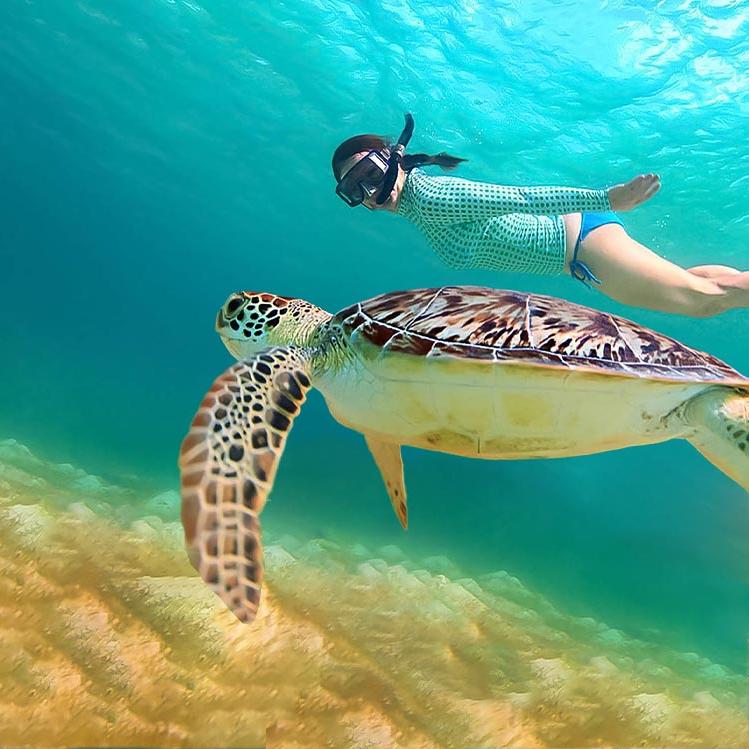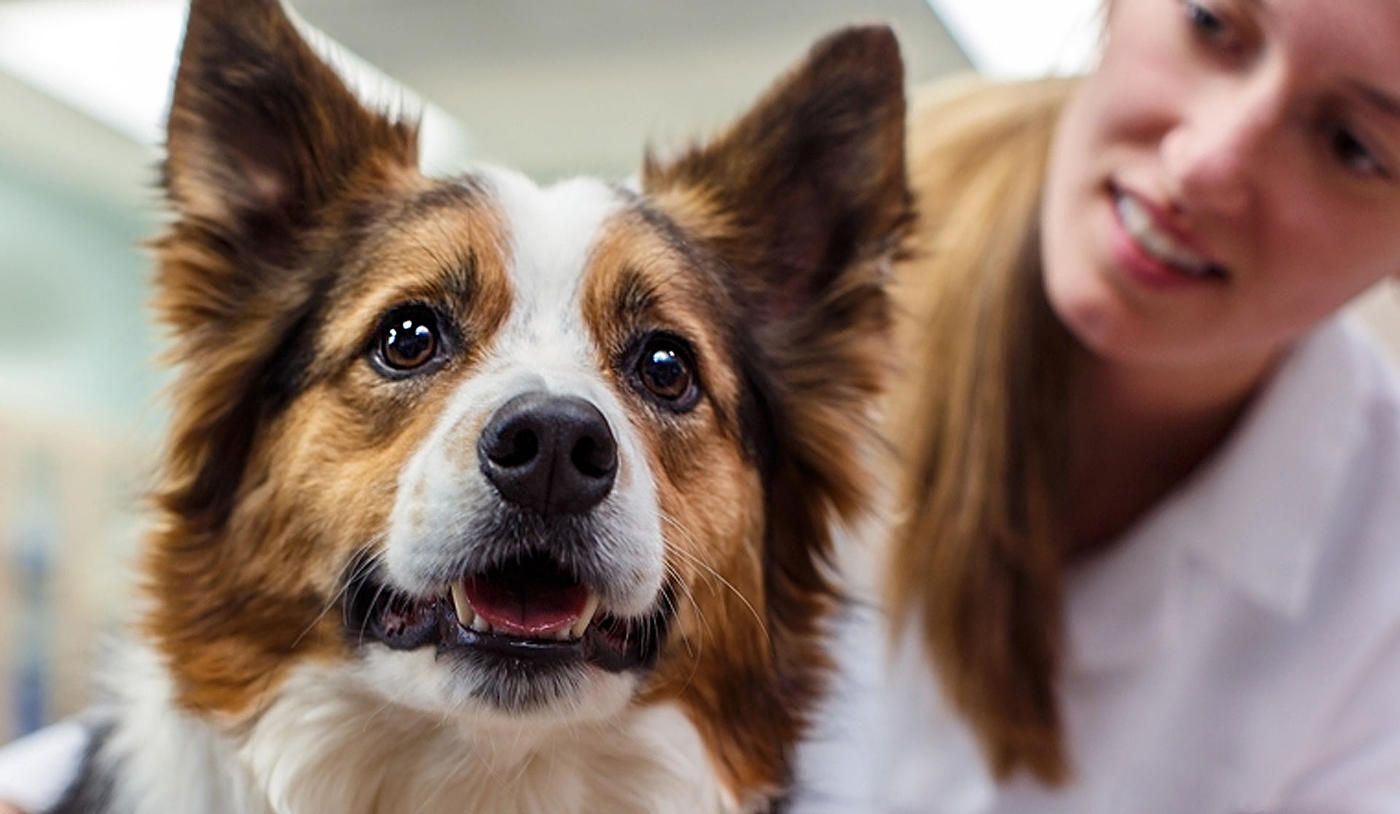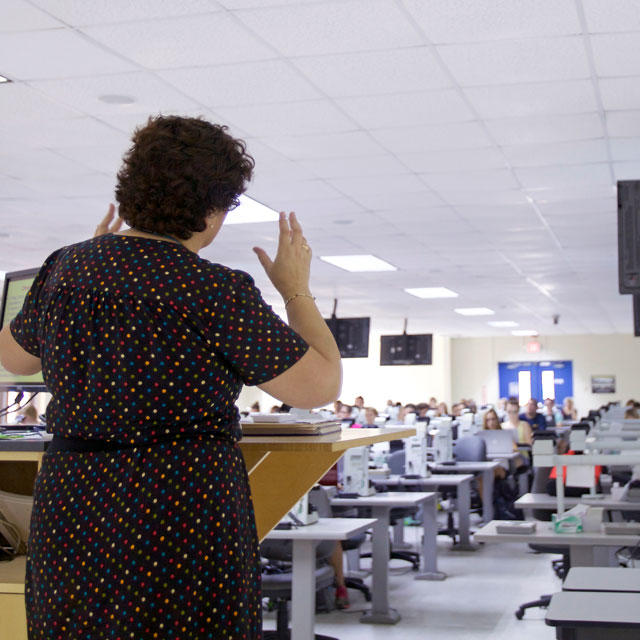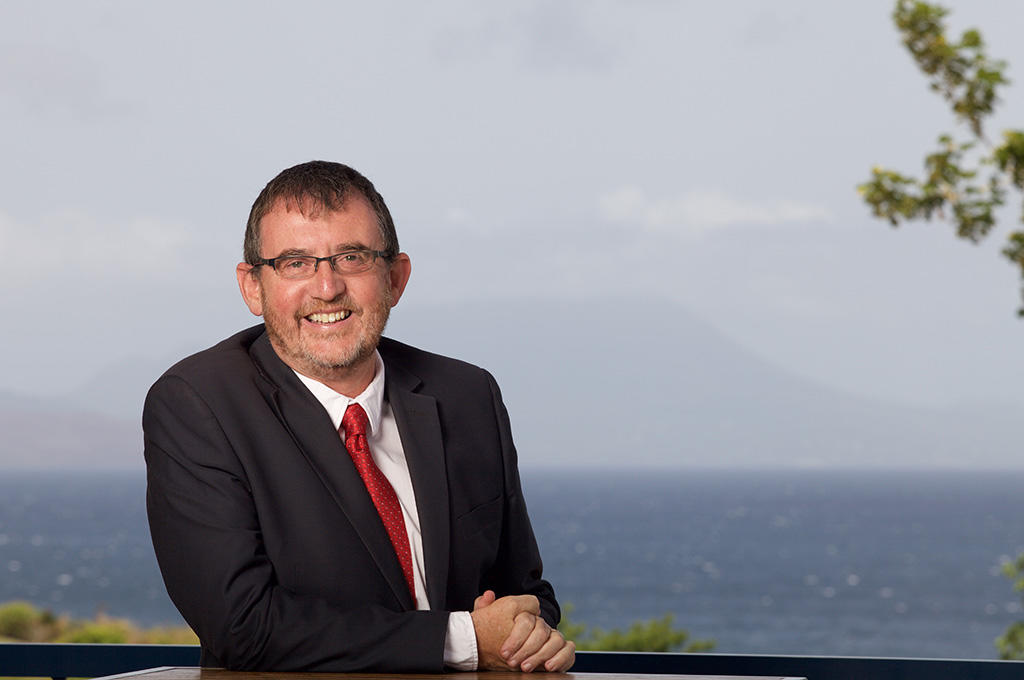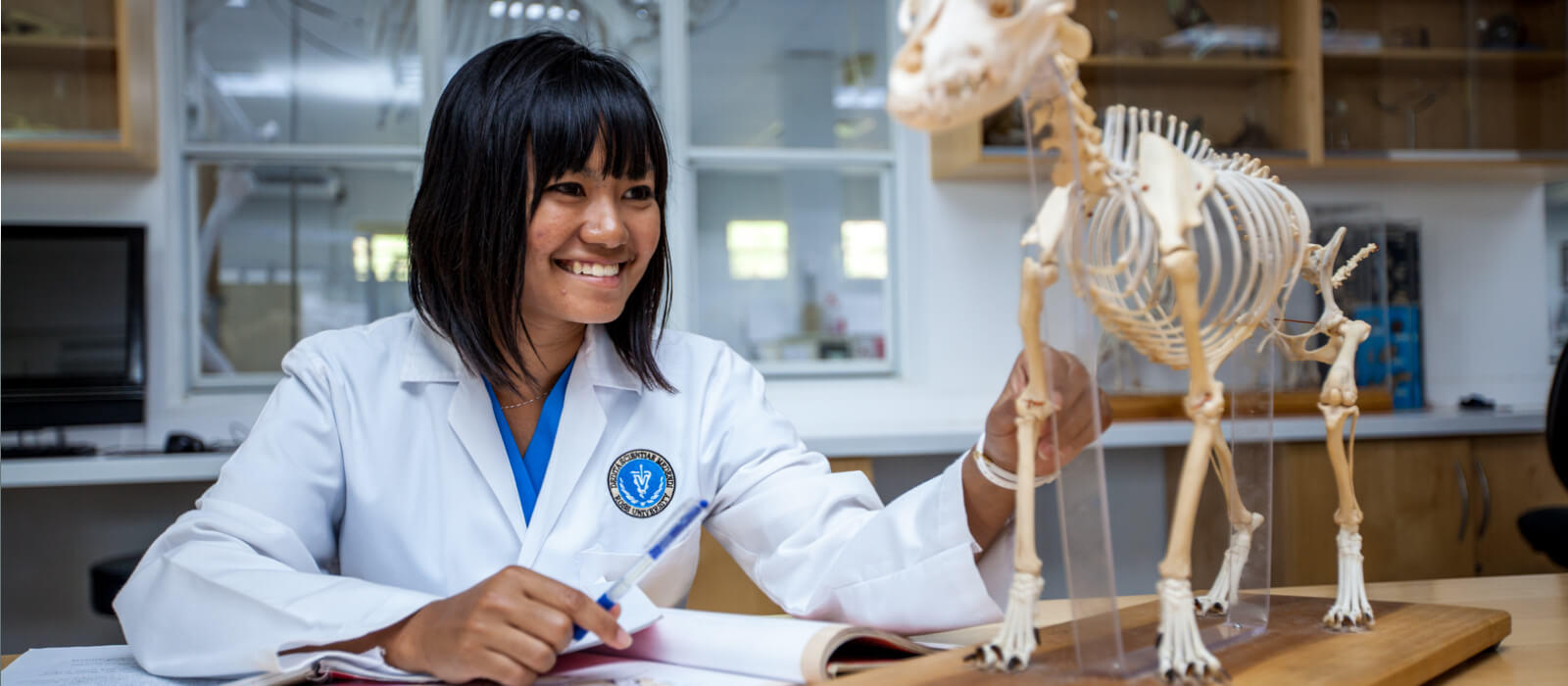Wildlife conservation is a valuable part of the education vet students receive at Ross University School of Veterinary Medicine (Ross Vet), which is located on the Caribbean island of St. Kitts. While wildlife conservation is not a core focus for most vet students, it does inform the curriculum. Ross Vet students have many opportunities to pursue research and consider clinical wildlife cases related to the beautiful but fragile marine ecosystem of St. Kitts.
WILDLIFE CONSERVATION EFFORTS ON ST. KITTS
The Center for Conservation and Ecosystem Health at RUSVM conducts research and works to advance animal conservation. In particular, the center seeks to better understand the role of wildlife and ecosystems in the emergence of disease, and how disease influences wildlife and ecosystems.
The center focuses primarily on three areas of wildlife conservation in St. Kitts:
- Health of Aquatic Species and Ecosystems
- Marine Turtle Medicine and Management
- Management of Threatened and Introduced Species
But before we dive deeper into conservation efforts, let’s take a step back. What is wildlife conservation? And what is the goal of wildlife conservation?
WHAT IS WILDLIFE CONSERVATION?
Wildlife conservation is the effort to protect and preserve wild animals, plants, and ecosystems. People may not think of veterinarians as having an important role in animal conservation, but vets are on the front lines of these efforts on the island of St. Kitts.
“Veterinarians have a tremendous responsibility towards wildlife conservation,” says Dr. Luis Cruz-Martinez, an assistant professor at Ross Vet. “On one hand, we have the medical and surgical expertise to treat individual wild animals, and on the other hand, we have the capacity and the responsibility to work with people. What I mean is that we must be able to influence people in positive and encouraging ways to care for wildlife. This is because at the core of wildlife conservation problems is human behavior.”
In other words, wildlife veterinarians play a dual role. They provide treatment to animals that have injuries or disease. But vets also advocate on behalf of animals with people, helping them see the value and need of wildlife conservation.
Human behavior is the largest threat to wildlife and ecosystems in St. Kitts, according to Cruz-Martinez. Wildlife on St. Kitts face numerous threats, including those caused by introduced species. An introduced species is an animal or plant that people bring to an area where it does not live in the wild naturally. Introduced species can threaten native plants and animals and disrupt entire ecosystems.
For example, Ross Vet Associate Professor Dr. Kimberly Stewart studies and cares for sea turtles, which nest on the beaches of St. Kitts. Unfortunately, the eggs in these nests can be easy prey for monkeys and mongoose, both of which were brought to St. Kitts by human beings.
“Mongoose are major predators of sea turtle nests in St. Kitts,” says Stewart, “primarily for hawksbill and green sea turtles as their nests are laid at relatively shallow depths so we have mechanisms in place to screen incubating nests to protect them.”
This brings us to what sets wildlife conservation apart from some other scientific disciplines. Wildlife veterinarians do not just passively study threats to native animals. They also take appropriate actions to protect animals and fragile ecosystems. Dr. Stewart teaches Exotic and Avian Medicine at Ross Vet, and she is also the founder and director of the St. Kitts Sea Turtle Monitoring Network.
WHAT IS THE GOAL OF WILDLIFE CONSERVATION?
The goal of wildlife conservation is to understand threats to wildlife and help develop plans for protection. Perhaps just as important, wildlife veterinarians work to educate local stakeholders, policy makers, and the public.
Wherever possible, wildlife veterinarians take practical action to protect wildlife. For example, St. Kitts turtles face a variety of manmade threats, including “coastal development, pollution, poaching of adults and eggs, photopollution, bycatch, and harvest,” according to Stewart.
Stewart and her colleagues work to mitigate those threats through “data collection which is then assimilated and submitted to relevant agencies to assist with policy development and management decisions; development and implementation of conservation education programs such as Sea Turtle Camp; and certification programs such as Certified Turtle Approved for businesses.”
For many wildlife veterinarians, communicating the value and fragile nature of wildlife is a major passion. They share that passion through conservation education, both with the public and with students.
“The conservation education side of my career is my favorite, whether it be on the veterinary level; the primary and secondary school level; or with the general public,” says Stewart. “It is so rewarding to mentor and guide young conservationists and veterinarians and watch their passion grow. Watching the excitement and awe someone expresses when they see an endangered species for the first time and begin to make connections on how they can play an active role in their survival into the future is something I will never tire of and I am always looking for a way to offer those opportunities with sea turtles.”
ROSS VET STUDENTS AND WILDLIFE CONSERVATION
Ross vet students have many opportunities for research and work with the wildlife of St. Kitts. While wildlife conservation is not at the core of studies, it informs the curriculum, which includes a course on the treatment of exotics.
“Students can serve as research assistants and volunteers on active research projects led by faculty on the island that interest them during their time on island,” says Stewart. “If that research interest is particularly keen, RUSVM offers a dual DVM/Master of Science (MSc) by Research degree program that students can enter and work on both degrees concurrently. We have courses within our veterinary curriculum focused on Avian and Exotic Medicine and electives such as Introductions to Sea Turtle Medicine and Aquatic Veterinary Medicine.”
Students should also consider joining one of the active wildlife clubs at Ross Vet, says Dr. Cruz-Martinez. These include the Zoo, Exotics, Wildlife (ZEW) Club, the RUSVM Chapter of the Association of Avian Vets (known as the Avian Club), the Wildlife Disease Association (WDA) club, and the student chapter of the World Aquatic Veterinary Medical Association (WAVMA).
If you want to learn more about becoming a veterinarian and aiding wildlife conservation yourself, check out the Ross Vet Doctor of Veterinary Medicine (DVM) program. And if you’ve already made up your mind, check out the admissions requirements and apply to Ross Vet today.
Related resources:
- Student Research Opportunities
- Student Government and Recognized Clubs
- Postgraduate Studies at Ross Vet
*Ross University School of Veterinary Medicine confers a Doctor of Veterinary Medicine (DVM) degree, which is accredited by the American Veterinary Medical Association Council on Education (AVMA COE), 1931 N. Meacham Road, Suite 100, Schaumburg, IL 60173, Tel: 800.248.2862. For more information please visit: https://www.avma.org/education/accreditation-veterinary-colleges.
The AVMA COE uses defined standards to evaluate veterinary medical education programs, including facilities, clinical resources, curriculum, faculty, student outcomes and research programs. The standards are interpreted and applied by the AVMA COE-accredited veterinary medical education programs in relation to its mission.



